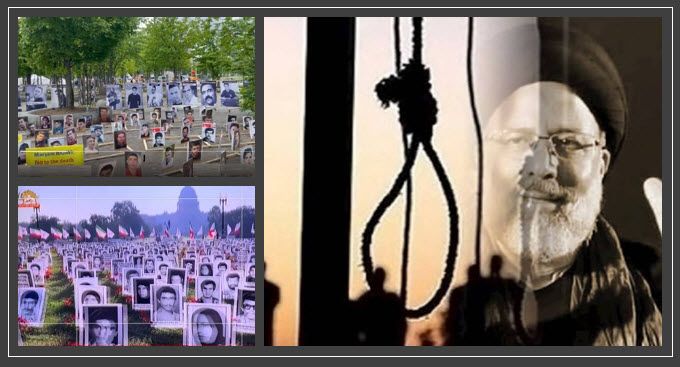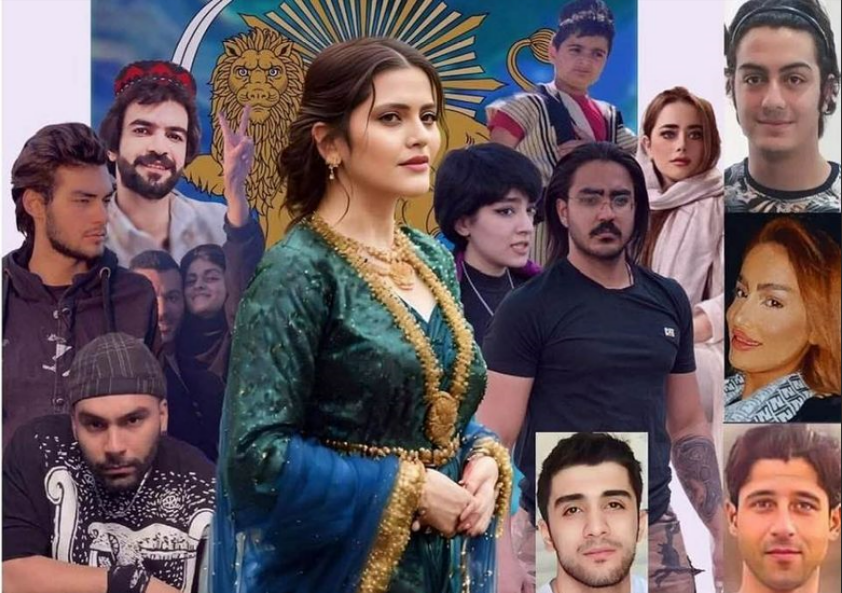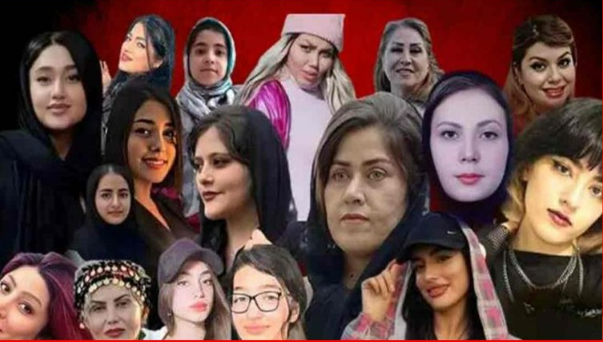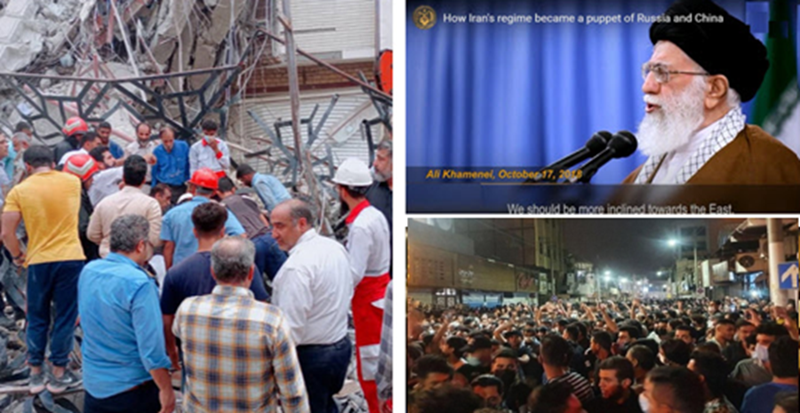
Throughout its history, Iran’s regime has clung to power through a potent mix of suppression and deceit, leveraging religion to enforce its fundamentalist ideology and eliminate opposition. However, this regime’s reliance on deceptive tactics, veiled in the guise of Islam, is showing signs of diminishing effectiveness.
Recent insider confessions have shed light on the regime’s duplicity. Abbas Abdi, a journalist, was quoted by Khabar Online on January 13, criticizing the regime’s leadership: “These individuals are completely unfamiliar with the word ‘belief’. It’s not about beliefs but about interests.” This sentiment reflects a growing recognition of the regime’s manipulation of religious narratives to serve its own ends.

In a glaring example of this hypocrisy, the regime’s Guardian Council, which supervises elections, recently declared that “unveiled women can participate in voting booths.” This statement starkly contrasts the regime’s long-standing practice of imposing harsh penalties on women who defy its strict hijab rules, including fines, imprisonment, and even death, as seen in the case of Mahsa Amini.
The regime’s sudden shift in stance has not gone unnoticed. The state-run Hamdeli newspaper and social media users alike have pointed out the contradiction. How can a regime that bars unveiled women from basic civil activities now claim to uphold their voting rights? The regime’s loyalists, following the deceptive legacy of founder Ruhollah Khomeini, argue that “the undeniable right of an unveiled lady to vote” exists, despite these inconsistencies.
This move is seen as a desperate attempt by the regime to project a facade of democratic process, exploiting the very women it oppresses for electoral theatrics.

Supreme Leader Khamenei’s strategies to divert attention from domestic turmoil, including regional aggression and election manipulation, are increasingly transparent and ineffective. Missile attacks against neighboring countries have only led to further isolation and condemnation of the regime, failing to yield any strategic advantage.
The refusal to participate in what they see as a farcical election is a clear rejection of the regime’s legitimacy. Entekhab newspaper, on January 19, quoted former president Hassan Rohani acknowledging the regime’s “crisis of social capital” and the deepening chasm between the regime and its people.

As Iran’s regime confronts these compounding challenges, its historical tactics of suppression and deceit appear increasingly ineffectual, exposing a regime struggling to maintain its hold on a disillusioned and defiant population.

MEK Iran (follow us on Twitter and Facebook), Maryam Rajavi’s on her site, Twitter & Facebook, NCRI (Twitter & Facebook), and People’s Mojahedin Organization of Iran – MEK IRAN – YouTu







